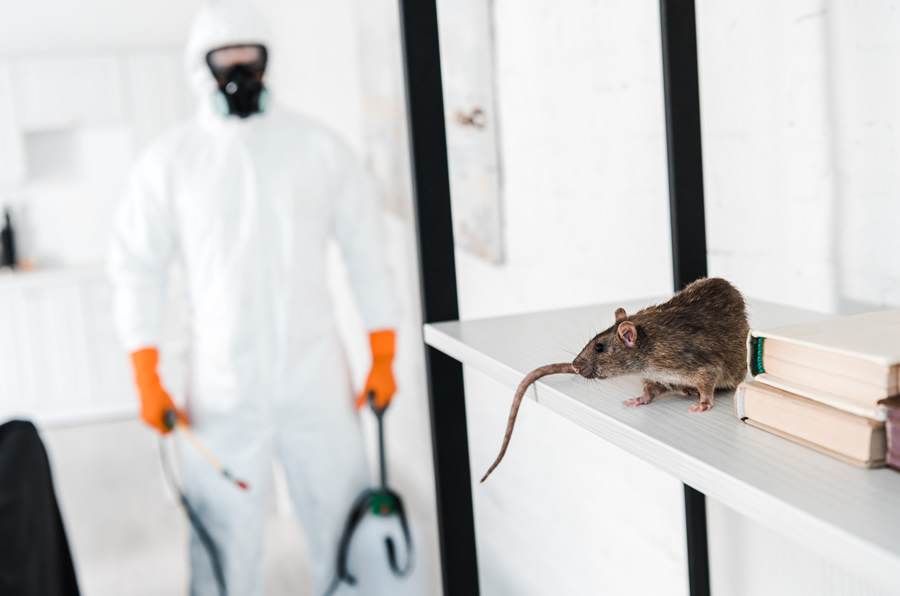Naturally,Surest Means to Manage Storage Pest Present in Your Pantry Articles by choosing to eat organic food, you will encounter more than your fare share of pantry pests as the product you will have bought will not have been fumigated during any part of its processing or storage. It is therefore important to put in place some simple, natural pest control measures to keep the little critters away. Some pests, like cockroaches, ants and mice may venture in from outdoors to have a feast in your pantry. Other pests, like meal moths, weevils and some tiny beetles, whilst they can fly in through an open door are usually brought home in an infested food product where they may or may not have hatched yet. They can be present in the product in different stages of their life cycle, egg, larvae, pupa or adult and can easily multiply and spread to other food in your pantry. You may see a rodent or rodent waste in your pantry or cupboard and this is a tell tale sign that they have been visiting. Ants are hard to miss, as they usually form a long line to the sweetest product in you pantry. Meal moths and weevils are usually detected by the presence of cocoons or webbing, tiny worms, moths or small brown beetles in the food itself or in your pantry.

NON-TOXIC HOME PEST CONTROL
Store all dried foods in pest-proof containers preferably tight fitting screw top glass or metal containers, this will prevent escape or entry of insects. Ideally do this as soon as you bring a susceptible product home like rice, grains, cereals, flour and nuts. It is best to store these high risk products in a cool dark place. Always use older food products from your pantry before new ones. If you discover any of these pests in your pantry, it is important to identify the pest and locate the source as soon as possible Exterminators. Give your cupboard and kitchen a big clean out, wipe all the shelves cupboard doors and bench tops with warm soapy water, vacuum out cupboards paying particular attention to cracks and corners then remember to throw away your vacuum cleaner bag to prevent re-infestation. Check the toaster, microwave and stove for any crumbs and clean them away if present. Mice are known to collect a food supply, often dry pet food and hoard them in walls, behind cupboards or appliances which can make locating an infestation difficult at times. Closely examine all food products in your pantry. These common pests can get into cardboard, paper and plastic wrapping so examine all items thoroughly and implement some simple, natural pest control measures. Sadly traps or baits are the best way to get rid of rodents if you want them out. If you find a little ant trail, firstly clean the kitchen and try to find the product they are eating, usually the sweetest product in your pantry. By removing the food source, hopefully the ants will relocate; if this does not solve your ant problem, try ‘Ant-Rid’. Not exactly non-toxic as it kills the ants, but a simple and effective treatment that targets the queen ant and the nest, has no impact on your pantry products and is environmentally considerate. Ant-Rid contains honey to attract the ant and borax which the worker ants take back to the nest and passes onto other ants before dying. Non-toxic treatment methods for moths, weevils and tiny beetles that can be done at home includes placing the infested product in the freezer for 5-7 days or if appropriate heated to 60oC in the oven for 1 hour.Pantry Moth Traps are very effective in detecting an Indian Meal Moth infestation,

